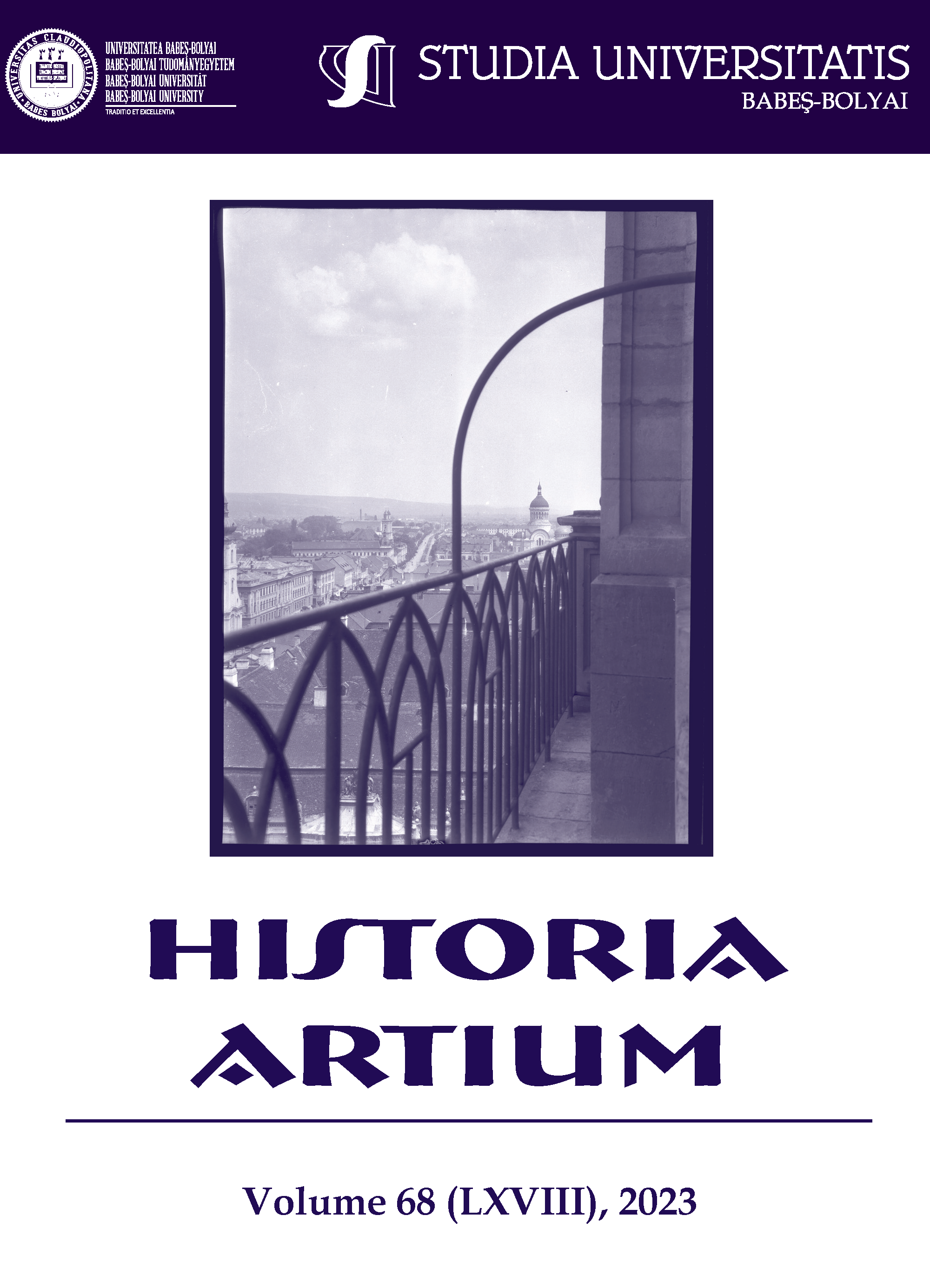THE VISIBILITY OF A CITY IN THE INTERWAR PERIOD. SCOPIC REGIMES IN THE PHOTOGRAPHS OF LAJOS ORBÁN (1897–1972) FROM CLUJ
THE VISIBILITY OF A CITY IN THE INTERWAR PERIOD. SCOPIC REGIMES IN THE PHOTOGRAPHS OF LAJOS ORBÁN (1897–1972) FROM CLUJ
Author(s): Melinda Blos-JániSubject(s): Photography, Visual Arts, Social history
Published by: Studia Universitatis Babes-Bolyai
Keywords: amateur photography; visual culture; urban life; “flâneur”; scopic regime; landscape; human figures;
Summary/Abstract: The Visibility of a City in the Interwar Period. Scopic Regimes in the Photographs of Lajos Orbán (1897–1972) from Cluj. Lajos Orbán was an amateur photographer, whose main body of work was produced starting from the 1920s when he became the employee of a local shop specialized in photographic equipment and member in local photographic societies, e.g. the Tessar Bowling Society. His photographs were displayed at international photo exhibitions, but he was organising regional photo contests and exhibitions as well. His photographs show the influence of the pictorialist photography, but traces of modernism or the new objectivism are present as well. These pictures became archival documents, and they are also important resources to the visual culture of Transylvania, the visual literacy of the people living in the interwar years. The paper offers an in depth analysis of the scopic regimes detectable in the photographic heritage of Lajos Orbán based on the ways human figures and spatial relations are represented in his pictures.
Journal: Studia Universitatis Babes Bolyai - Historia Artium
- Issue Year: LXVIII/2023
- Issue No: 68
- Page Range: 141-164
- Page Count: 24
- Language: English

